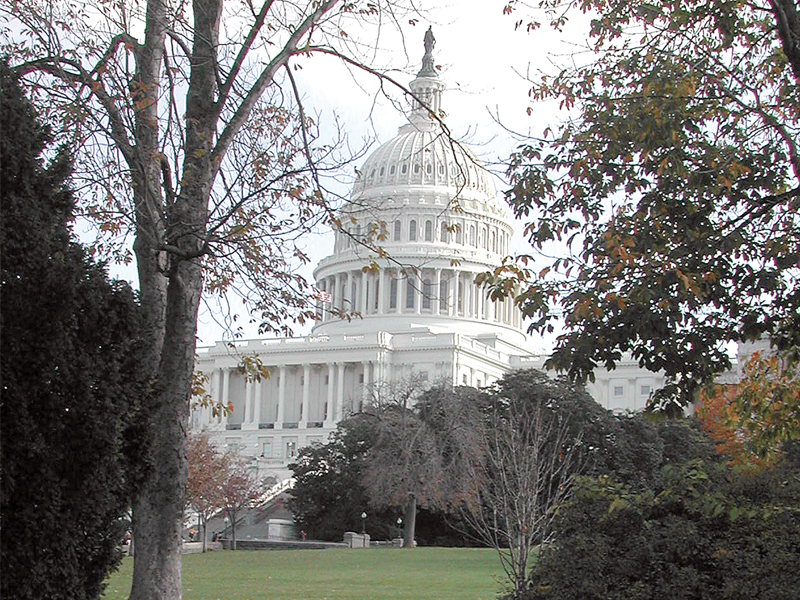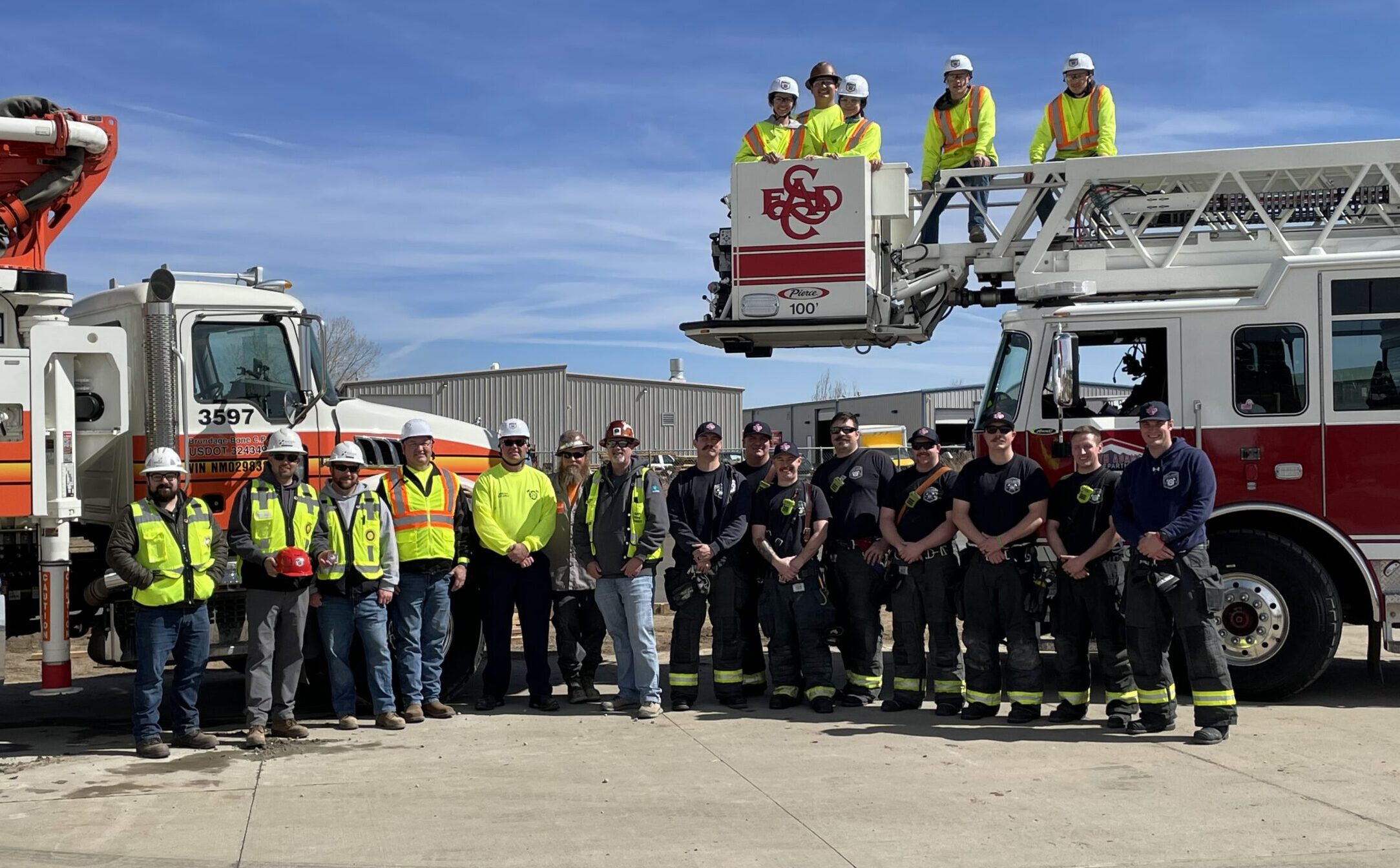The American Rescue Plan Act, signed into law by President Biden, provided $350 billion in direct federal assistance to state and local governments. We previously provided a breakdown of funding allocated to each state and locality and an analysis of how this funding benefits fire fighters and emergency medical personnel. This week, the U.S. Department of the Treasury has released comprehensive guidance further outlining details on how these funds can be used.
Broadly speaking, funds may be used to benefit fire and EMS departments in the following ways:
1. Responding to the Public Health Emergency or Its Negative Economic Impacts
Eligible uses under this category must be in response to the disease itself or the harmful consequences of the economic disruptions resulting from or exacerbated by the COVID-19 public health emergency. The guidance also lists examples of eligible uses. This list is not intended to be comprehensive, but includes:
- Payroll, benefits and other costs associated with increasing the number of employees to the level employed on January 27, 2020.
- Payroll and benefit expenses for public safety employees to the extent that the employee’s time is spent mitigating or responding to the public health emergency.
- Expenses for quarantining or isolation of individuals.
- Expenses to provide paid sick and paid family and medical leave to public employees.
- Expenses for the acquisition and distribution of medical and protective supplies, including sanitizing products and personal protective equipment.
- Emergency medical response expenses, including emergency medical transportation, related to COVID-19.
- Survivor benefits for the family members of individuals who have died from COVID-19.
2. Replacing Revenue Loss
Fiscal recovery funds may be used broadly by recipients facing budget shortfalls to fund government services. Upon identifying a shortfall in revenue, state and local governments are provided broad latitude to use fiscal recovery funds for the provision of government services, including the provision of fire and other public safety services, up to the amount of lost revenue.
- Services funded under this provision need not be previously budgeted for and may include new programs and activities.
- To fund services under this provision, state or local governments must demonstrate a reduction in revenue.
3. Premium Pay
Fiscal recovery funds may be used by recipients to provide premium pay to eligible workers, including public safety workers performing essential work during the COVID-19 public health emergency.
- Premium pay is defined as an amount up to $13/hour in addition to wages or remuneration the worker otherwise receives and in an aggregate amount not to exceed $25,000 per eligible worker.
- The guidance clarifies that a worker may receive both retrospective premium pay for prior work, as well as prospective premium pay for current or ongoing work.
In addition to reviewing the guidance, state and local affiliate leaders should review the Treasury Department’s Frequently Asked Questions.
We encourage state and local affiliate leaders to use this guidance to lobby their mayors or governors to identify any departmental needs and use a portion of these funds to address these needs or provide premium pay to members.



